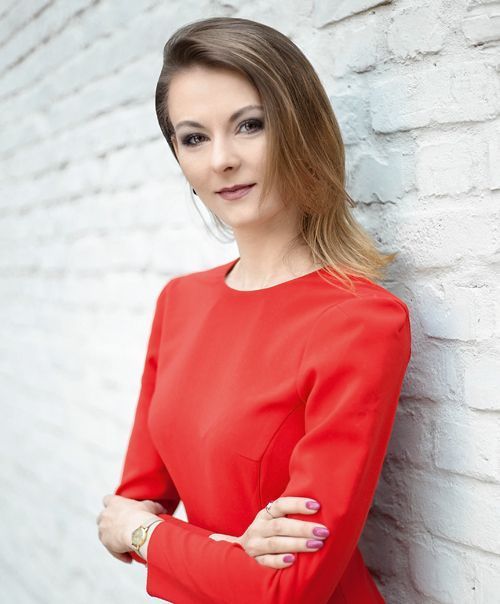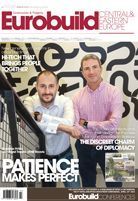Breaking with the blockheads
Endpiece
Take Paris as an example. The Eiffel Tower had many critics when it was first built; the nineteenth century buildings of the day were designed with the capabilities of the fire brigade in mind, and some said... what the hell’s that?? Many felt that it was mismatched structure, too modern, strange and that it interfered with the elegant lines of the city’s more traditional buildings. These days, however, we can’t even imagine the Parisian cityscape without the Tower. Taking a selfie with it in the background is the duty of every self-respecting tourist. As someone once told me, the other monuments in the city are just... ”also-rans”. Let's take another, more recent example – Bilbao. According to the available data, the millions of tourists who have visited the city recently have mostly or even exclusively gone there to see the wild and weird shape of the Guggenheim Museum. In its first two years, the museum was visited by over 2.5 mln people, just under two million of whom came to the city only for this purpose. And what kind of new buildings tend to pop up here in Warsaw? Blocks, blocks and more blocks... blocks everywhere. It’s true that world-class architects are invited to design buildings here. And then what happens? They can do whatever project they like, as long as it’s... a block! Whether it’s set vertically or laid horizontally, it doesn’t matter – it just has to be a block. All forms of eccentricity are shunned. The only “crazyness” I see, and for me it’s a crime against the city, is when a block is built that breaks up the line of the buildings along the frontage of a street. But sometimes, after long years of drawn out negotiations, a curve is allowed to appear on a block. Generally, just a very slight, almost straight, bend. An angle on a block different than 90° degrees might sometimes occur... but still, it’s all blocks. Because of our unfortunate history there is still a great deal of space to build on in the capital city. And in quite good locations. But what would happen if we really let our imaginations rip, decided to give up on the odd hectare and allow architects to come up with something crazy that would shock everyone out of their complacency? Not a shock like: “Ohhhh... they’re building another block!’, but the shock that would be given by its form, shape, texture and the materials used. It would add something special to the existing architectural melting pot, turning the mixture into something much more explosive. My personal dream is that one day an architect would not have to explain how the shape of a project conforms to the requirements of the local zoning plan. The words we often hear from them are: we did everything we could to achieve this. I can understand the height requirements in some places, but true eccentricity does not consist in simply towering over all the neighbouring buildings. Another mantra that can often be heard goes: the project is sensitive to the surrounding buildings. This is another myth. Which ones? Apart from a few areas of Warsaw, the surrounding buildings at almost every point are in at least several architectural styles. And if we have six of them, conforming to the style of the most recent one should not logically follow. The logical course should be to create a seventh style. But we are afraid to do so. We do not want this and we also can’t see any benefits from doing so. My other dream is that one day The Palace of Culture and Science – a ‘gift’ from a certain paranoid and murderous Soviet dictator, whose name still hangs over the main entrance, slightly covered by a metal plate – is not the only Warsaw building in the background of most of the photos taken by tourists. My dream is of a new symbol, a dash of spice that will give the monotonous architecture that is usually dished up in the city some flavour. We may never again be the Paris of the East, as some called Warsaw before the war, but we can still use the opportunities the war has given us – by exploiting all that space and lack of uniformity. So let us not be so rigid, boring and reserved in architecture. After all, we Varsovians aren’t like that in real life.





















































